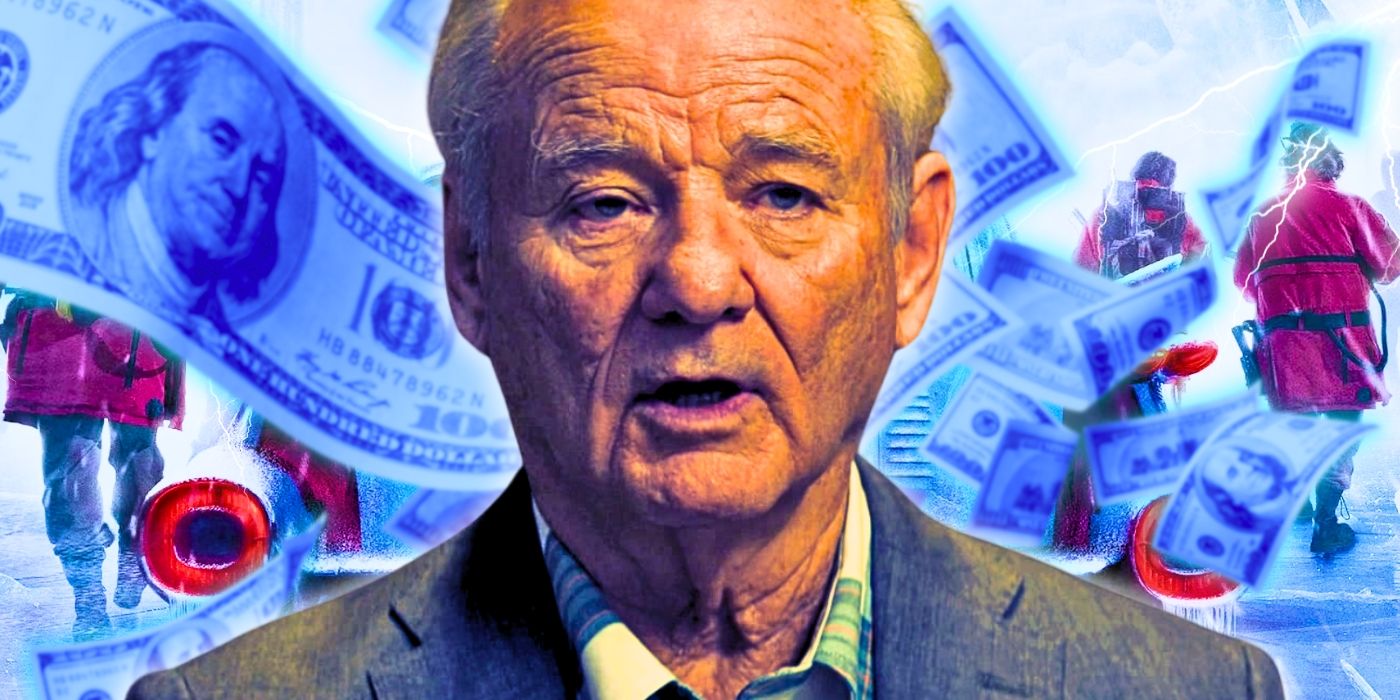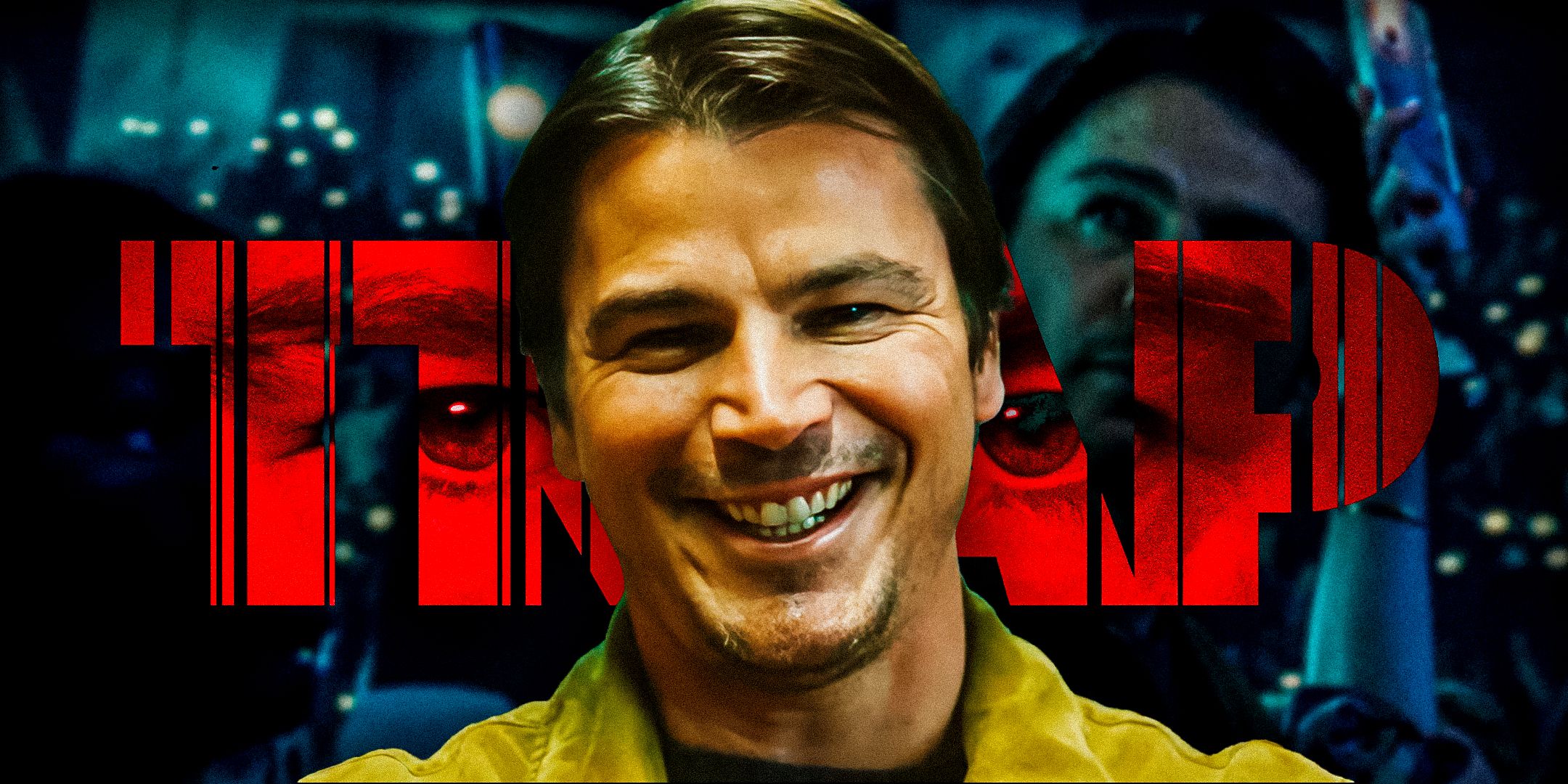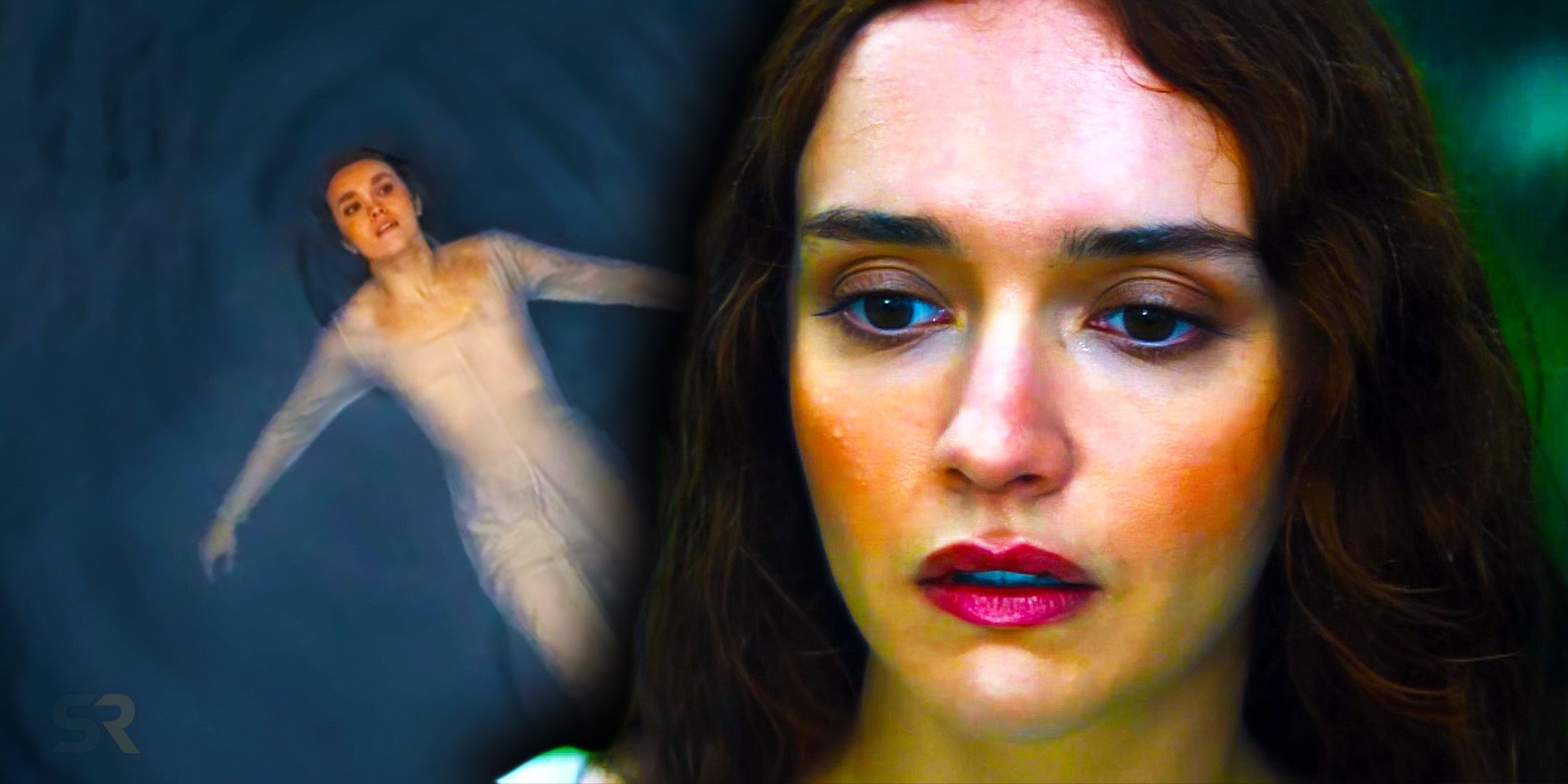Gene Roddenberry’s Star Trek has become one of the most immersive science-fiction franchises of all time – and the complex Star Trek timeline involves no less than seven TV series and a range of blockbuster movies. What’s more, it’s expanding at Warp 10, as there are a number of other shows in the works.
Most Star Trek movies and TV series are made by people who’ve grown up with the franchise, and have a deep love for the galaxy Roddenberry created. As such, the writers, producers and directors do their level best not to contradict the established continuity, and in fact often attempt to put in subtle nods to help keep the timeline together. Naturally, sometimes things go a little wrong, and a continuity error slips through; with so many people involved in the franchise, it’s inevitable.
But on the whole, the continuity of Star Trek is a labor of love, and the timeline is remarkably cohesive considering just how much content there is in it. This is what’s referred to as the Prime Timeline, the one that most of the films and movies happen in.
- 2151-2161: Star Trek: Enterprise
- 2256-2259: Star Trek: Discovery
- 2265-2269: Star Trek: The Original Series
- 2269-2270: Star Trek: The Animated Series
- 2273: Star Trek: The Motion Picture
- 2285: Star Trek II: The Wrath of Khan, Star Trek III: The Search for Spock
- 2286: Star Trek IV: The Voyage Home
- 2287: Star Trek V: The Final Frontier
- 2293: Star Trek VI: The Undiscovered Country
- 2364-2370: Star Trek: The Next Generation
- 2369-2375: Star Trek: Deep Space Nine
- 2371-2378: Star Trek: Voyager
- 2371: Star Trek: Generations
- 2373: Star Trek: First Contact
- 2375: Star Trek: Insurrection
- 2379: Star Trek: Nemesis
In 2387, Spock attempted to suppress a massive supernova; as a result, both Spock and the Romulan Nero were sent back in time. Nero and his warship emerged in 2233, destroying the Federation starship Kelvin – an incident that led to the death of James T. Kirk’s father. This created a brand new timeline,generally referred to as the Kelvin Timeline, and it’s only been explored in three films so far; Noah Hawley has recently been brought on board for Star Trek 4, which will continue this timeline. Here’s what should be considered part of the Kelvin Timeline right now:
- 2151-2161: Star Trek: Enterprise
- 2233-2258: Star Trek
- 2259: Star Trek Into Darkness
- 2263: Star Trek Beyond
Star Trek’s Ancient History & Early Space Travel
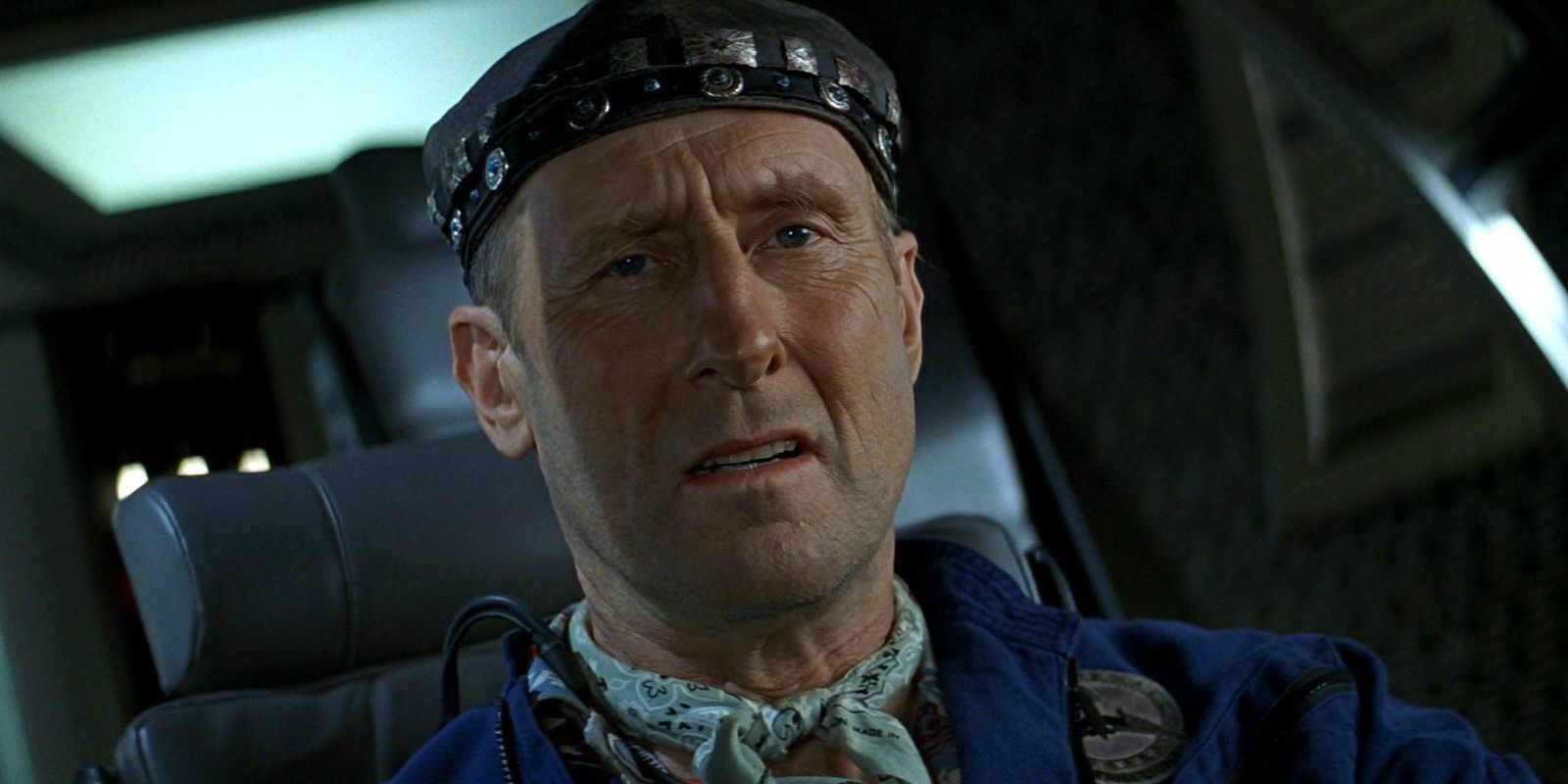
Over the years, Star Trek has offered its own answers to the origins of the universe and indeed life on Earth itself. According to Star Trek: The Next Generation, humanoid life evolved on a single distant world, and was seeded across the galaxy; this neatly explains the “coincidence” that most of the races in the Alpha Quadrant are humanoid.
The Star Trek timeline differentiates from the real world in the 1990s, largely as a result of Star Trek: The Original Series. When that was originally produced, the ’90s were 40 years in the future and seemed a long way away. But the Star Trek franchise has outlived even Roddenberry’s expectations, and the timelines have now diverged. Here’s a guide to all the key events in Earth and Federation history in the Star Trek timeline.
- 16 billion years ago: The universe was created in the Big Bang, possibly caused by destabilizing Omega Molecules.
- 4 billion years ago: An advanced proto-humanoid race developed on a distant world, and seeded genetic material across the cosmos. (Star Trek: The Next Generation season 6, “The Chase”)
- 1 billion years ago: The Milky Way was conquered by an alien race known as the Slavers. They were ultimately defeated in a massive war that altered the evolutionary history of every race in the Milky Way. (Star Trek: The Animated Series season 1, “The Slaver Weapon”)
- 65 million years ago: There’s some evidence that humanity was not the first sentient race to evolve on Earth. It’s believed a reptilian race known as the Voth, associated with the hadrosaur genus, developed at this point. Fearing an extinction level event, the Voth left Earth for the Delta Quadrant. (Star Trek: Voyager season 3, “Distant Origin”)
- 4th Century AD: Atomic wars ravaged the planet Vulcan and brought its inhabitants to the brink of extinction. The philosopher Surak managed to end this conflict, teaching Vulcans to suppress their emotions in order to prevent this happening again. Those who did not accept Surak’s teachings left Vulcan, establishing a new civilization on Romulus.
- 9th Century AD: Kahless the Unforgettable united the Klingons and established their warrior code.
- 1893: Shapeshifters from Devidia II used a cholera epidemic as a cover to kill humans on Earth and steal their neural energy. Crewmembers from the Enterprise-D were transported back to this time, and defeated the Devidians. (Star Trek: The Next Generation season 5, “Time’s Arrow” part I and II)
- 1947: A Ferengi spaceship from Deep Space Nine crashlanded in Roswell, New Mexico. Fortunately, Odo had slipped on board the shuttle, and forced Quark to depart without disrupting the timeline. (Star Trek: Deep Space Nine season 4, “Little Green Men”)
- 1957: A Vulcan spaceship crashed in Pennsylvania, near the old mining town of Carbon Creek. One Vulcan, Mestral, chose to settle on Earth. (Star Trek: Enterprise season 2, “Carbon Creek”)
- 1993-1996: A group of genetically-engineered “superman,” led by Khan Noonien Singh, incited the Eugenics Wars. Over thirty million humans died during the Eugenics Wars, but ultimately Khan was forced to leave the planet with over fifty of his followers on the SS Botany Bay.
- 2002: The Nomad prototype space probe was launched as Earth’s first interstellar vessel to seek out new life; it was damaged during the mission. (Star Trek: The Original Series season 2, “The Changeling”)
- 2004: Three time-traveling Xindi Reptilians traveled back to 2004 in an attempt to rewrite history, but they were foiled by Captain Archer of the Enterprise NX-01, who pursued them. (Star Trek: Enterprise season 3, “Carpenter Street”)
- 2024: Endemic poverty forced the American Government to build so-called “Sanctuary Districts” in most major cities, which degenerated into inhumane internment camps for the poor. Riots erupted in September 2024, causing a public backlash that forced the United States to deal with poverty. In one timeline where the riots were averted, the entire Federation was erased from existence. (Star Trek: Deep Space Nine season 3, “Past Tense” Parts I and II)
- 2026-2053: World War III broke out, a nuclear holocaust that started over the issue of genetic manipulation. It resulted in the deaths of six hundred million humans before a ceasefire was called.
- 2063: Zefram Cochrane, creator of the first warp drive, conducted his first test flight with the Phoenix. This attracted the attention of the Vulcans, who initiated first contact with humanity. The discovery that humanity was not alone in the universe had a unifying effect on Earth’s peoples. Within just fifty years, humanity was able to eradicate poverty, disease, war, and hunger. (Star Trek: First Contact)
- 2103: Earth established its first Martian colonies, beginning an era of colonial expansion across the galaxy.
- 2150: Earth becomes completely unified with the establishment of a World Government.
Star Trek: Enterprise & the Earth-Romulan War
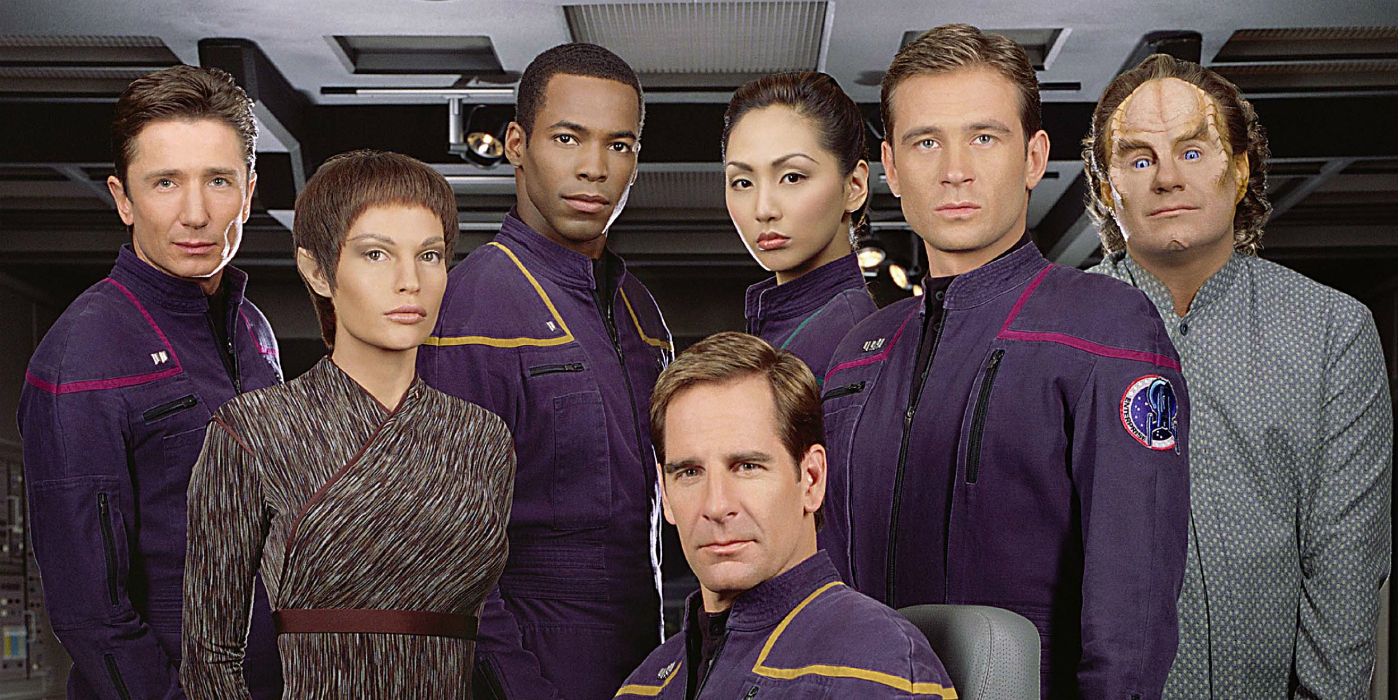
Star Trek: Enterprise is the only series to be set in the 22nd century, and it explores the beginning of Starfleet and Earth’s first tentative steps into the wider galaxy. There are still significant events that have not been covered, notably the Earth-Romulan War, which led to the founding of the United Federation of Planets. Here are the major events from this period.
- 2151: The United Earth Starfleet launched the Enterprise NX-01, establishing Earth as an interstellar power. Jonathan Archer became the Enterprise’s first captain, with Sub-Commander T’Pol placed on board by the Vulcans.
- 2152: Captain Archer learned that one of his crewmen was actually a Time Agent from the future, who was monitoring the Enterprise to prevent disruption in the timeline. This marked the moment the Enterprise first became involved in a Temporal Cold War that raged throughout history. (Star Trek: Enterprise seasons 1 and 2, “Shockwave” Parts I and II)
- 2153-2154: The Xindi launched a devastating attack on Earth,cutting a swathe 4,000 kilometers long from Florida to Venezuela, with approximately a million casualties. This led to what was known as the Xindi Crisis, with the Enterprise drawn into the Temporal Cold War in an effort to save the planet from destruction.
- 2154: The Romulans attempted to cause discord across the galaxy, setting the races of the Alpha and Beta Quadrants against one another. Ironically, their efforts led to the founding members of the Federation – the Humans, the Vulcans, the Andorians, and the Tellarites – working together for the first time. They then united to form the Coalition of Planets, a precursor of the Federation. (Star Trek: Enterprise season 4)
- 2156-2160: In response to Romulan aggression, the Coalition of Planets declared war on Romulus. The Coalition triumphed in the Battle of Cheron, and established the Romulan Neutral Zone.
- 2161: The founding of the United Federation of Planets.
Star Trek’s Early Years (Discovery & The Original Series)
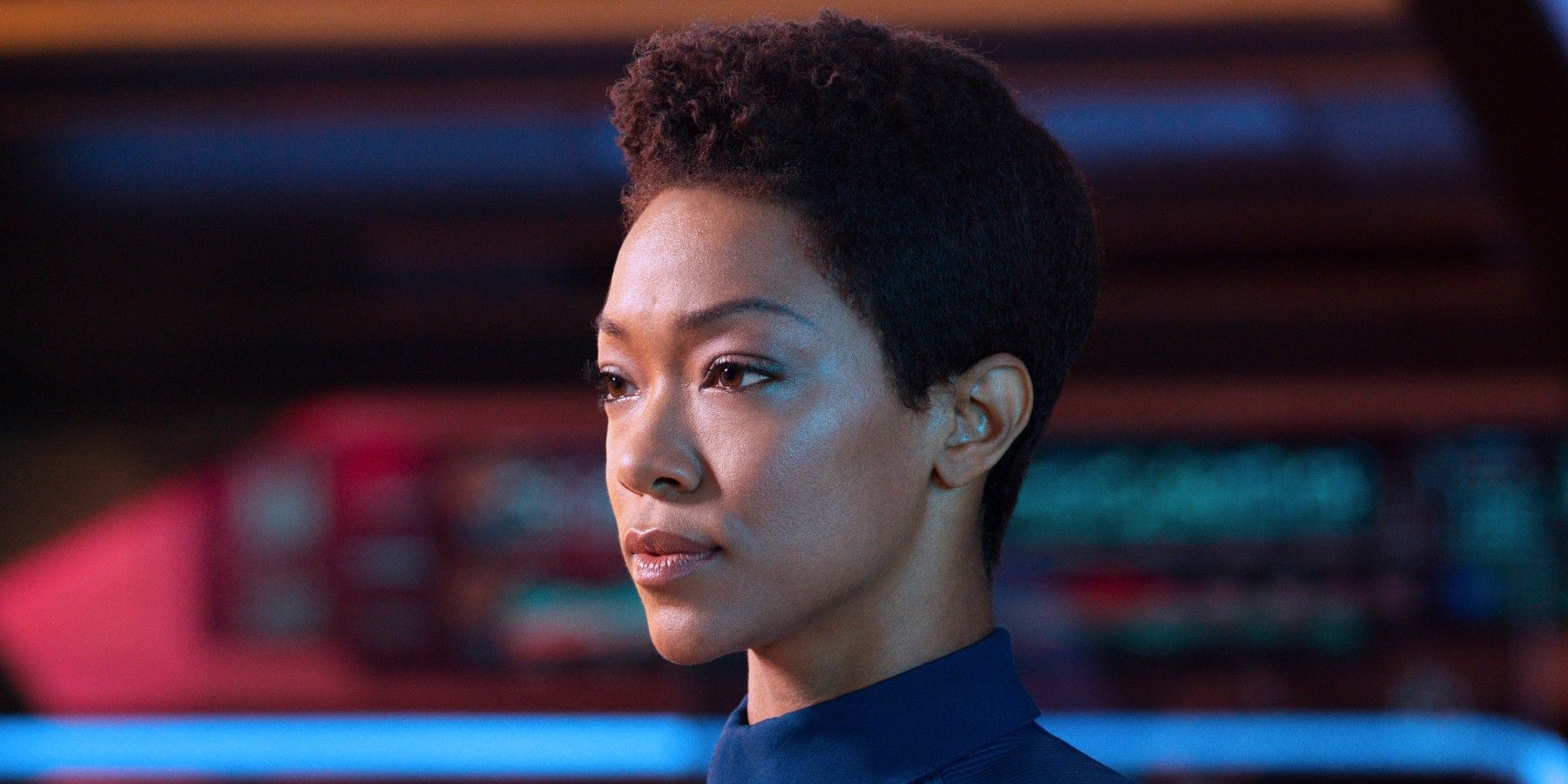
The 23rd Century was a foundational time in galactic history, with the Federation’s ideology tested in conflict with both the Klingons and the Romulans. The Cold War between the Federation and the Klingons erupted into outright war in 2256, and the Federation would have been destroyed if not for the USS Discovery. In 2265, Captain James T. Kirk took charge of the USS Enterprise, beginning the classic era of Star Trek.
- 2223: Relations between the Federation and the Klingons degenerated into a state of galactic Cold War.
- 2245: The Enterprise NCC-1701 is launched, under the command of Captain Robert April. Captain Christopher Pike took over command in 2251. (Star Trek: The Animated Series season 2, “The Counter-Clock Incident”)
- 2256-2259: T’Kuvma attempted to unite the Klingon Houses in war against the Federation, and the two galactic powers wound up in a state of open conflict after the Battle of the Binary Stars. The USS Discovery threatened to destroy the Klingon homeworld of Qo’noS, and ended the war, with L’Rell claiming leadership of the united Klingons. (Star Trek: Discovery season 1)
- 2259: The USS Discovery encountered a series of temporal anomalies, and was ultimately blasted into the far future. (Star Trek: Discovery season 2)
- 2265: Captain James T. Kirk was given command of the USS Enterprise, which headed off on its second five-year mission of exploration. The Federation and the Klingon Empire signed a peace treaty. (Star Trek: The Original Series season 3, “Day of the Dove”)
- 2266: The Romulan Empire launched a series of unprovoked attacks across the Neutral Zone. (Star Trek: The Original Series season 1, “Balance of Terror”)
- 2267: Federation-Klingon relations further improved, with the signing of the Treaty of Organia. (Star Trek: The Original Series season 1, “Errand of Mercy”)
- 2271: Admiral James T. Kirk took charge of the Enterprise in order to deal with a crisis when the Voyager probe returned. (Star Trek: The Motion Picture)
- 2285: The Genesis Device was detonated during the Battle of the Mutara Nebula. The process proved terrifyingly unstable. (Star Trek II: The Wrath of Khan, Star Trek III: The Search for Spock)
- 2286: The USS Enterprise again saved the Earth from destruction from a mysterious probe. (Star Trek IV: The Voyage Home)
- 2287: Spock’s half-brother Sybok attempted to find God, but instead discovered a dangerous alien being. (Star Trek V: The Final Frontier)
- 2293: The Federation and the Klingon Empire signed the Khitomer Accords, a lasting peace treaty between the two races. Shortly after, James T. Kirk is believed killed in an anomaly. (Star Trek VI: The Undiscovered Country, Star Trek: Generations)
Star Trek: The Next Generation, DS9, & Onward
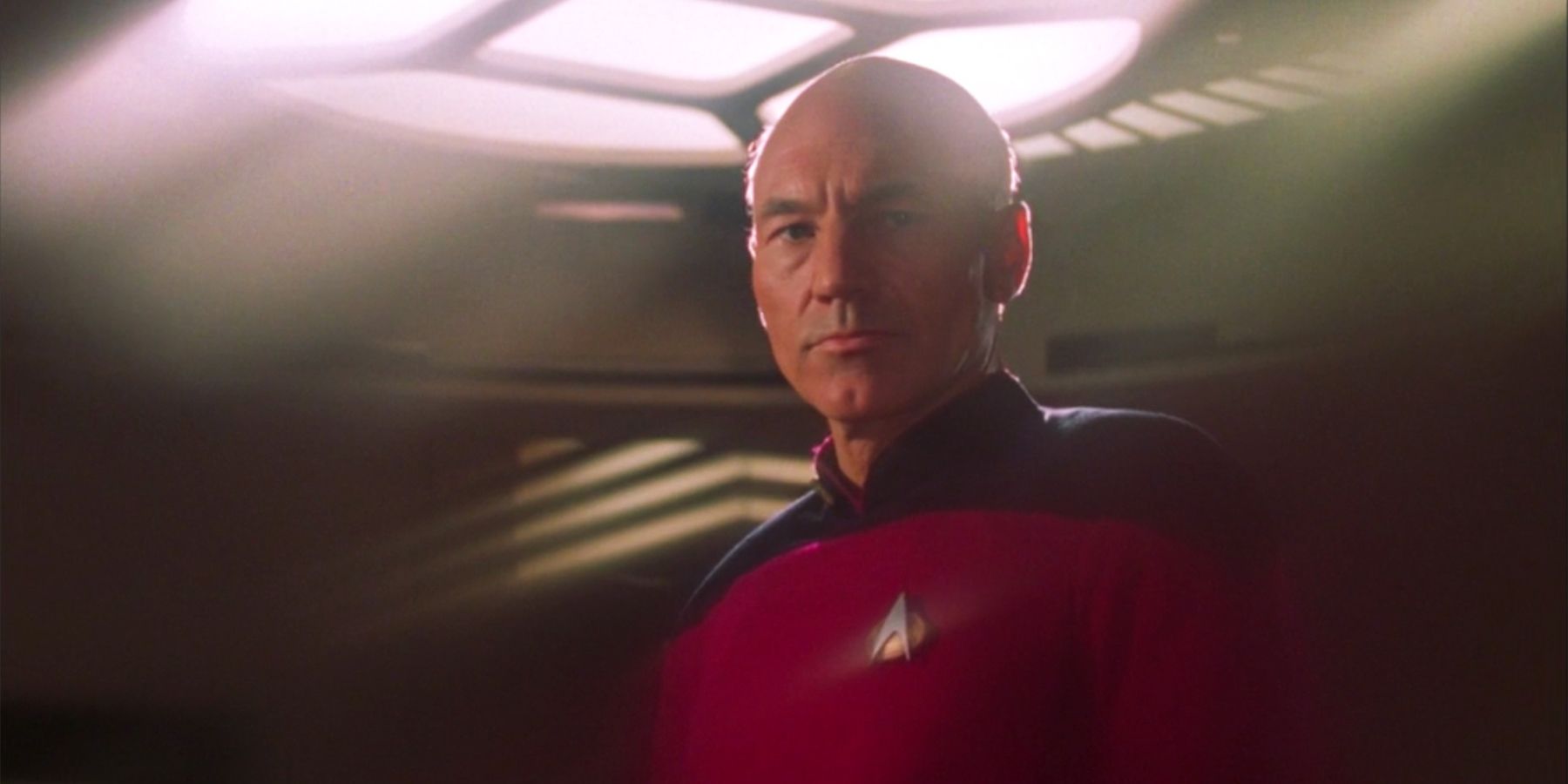
The Star Trek timeline now moves to the 24th century, the time of Captains Jean-Luc Picard, Janeway, and Sisko. This was initially a time of peace, but the Federation gradually became aware of new threats across the galaxy; the Borg and the shapeshifting Founders, who commanded the Dominion. Meanwhile, the relationship between the Romulans and the Federation became increasingly tense, ending in open war.
- 2311: The Federation signed the Treaty of Algernon with the Romulan Empire. (Star Trek: The Next Generation season 1, “The Neutral Zone”)
- 2344: The Enterprise-C defended a Klingon outpost against Romulan attackers, cementing the Federation-Klingon alliance. (Star Trek: The Next Generation season 3, “Yesterday’s Enterprise”)
- 2364: Parasitic beings attempted to take control of the Federation. (Star Trek: The Next Generation season 1)
- 2365: A Borg Cube attacked the Federation. (Star Trek: The Next Generation season 2, “Q Who”)
- 2370: The Federation signed a treaty with the Cardassian Union, establishing a Demilitarized Zone; the Federation took control of the Deep Space Nine space station, and soon discovered the existence of the shapeshifting aliens known as the Founders. Opponents of the Cardassian treaty organized a resistance called the Maquis.
- 2371: The USS Voyager was transported to the Delta Quadrant. Back in the Alpha Quadrant, Captains Kirk and Picard worked together for the first and last time. (Star Trek: Generations)
- 2372: The escalating conflict with the Founders led to the Klingons withdrawing from the Khitomer Accords. (Star Trek: Deep Space Nine season 4)
- 2373: The Borg launched a devastating attack upon the Federation, and then attempted to use time travel to alter the course of human history. (Star Trek: First Contact)
- 2373-2375: The Founder infiltration of the Klingon Empire was exposed, leading to the reinstatement of the Khitomer Accords. The Founders’ Dominion expanded into the Alpha Quadrant, and war broke out across the galaxy once again. (Star Trek: Deep Space Nine seasons 4-7)
- 2378: The USS Voyager returned to Earth. (Star Trek: Voyager season 7, “Endgame”)
- 2379: The Romulan Star Empire was taken over by Praetor Shinzon, and he launched a brutal attack upon the Federation. His defeat led to new talks between the Federation and the new Romulan Government. (Star Trek Nemesis)
- 2387: Romulus was destroyed in a supernova. (Star Trek)
The Star Trek franchise is about to expand further into the future than ever before, with Star Trek: Picard set at the end of the 24th Century and Star Trek: Discovery season 3 seeing the crew of the Discovery explore the 32nd Century.
J.J. Abrams’ Kelvin Movies
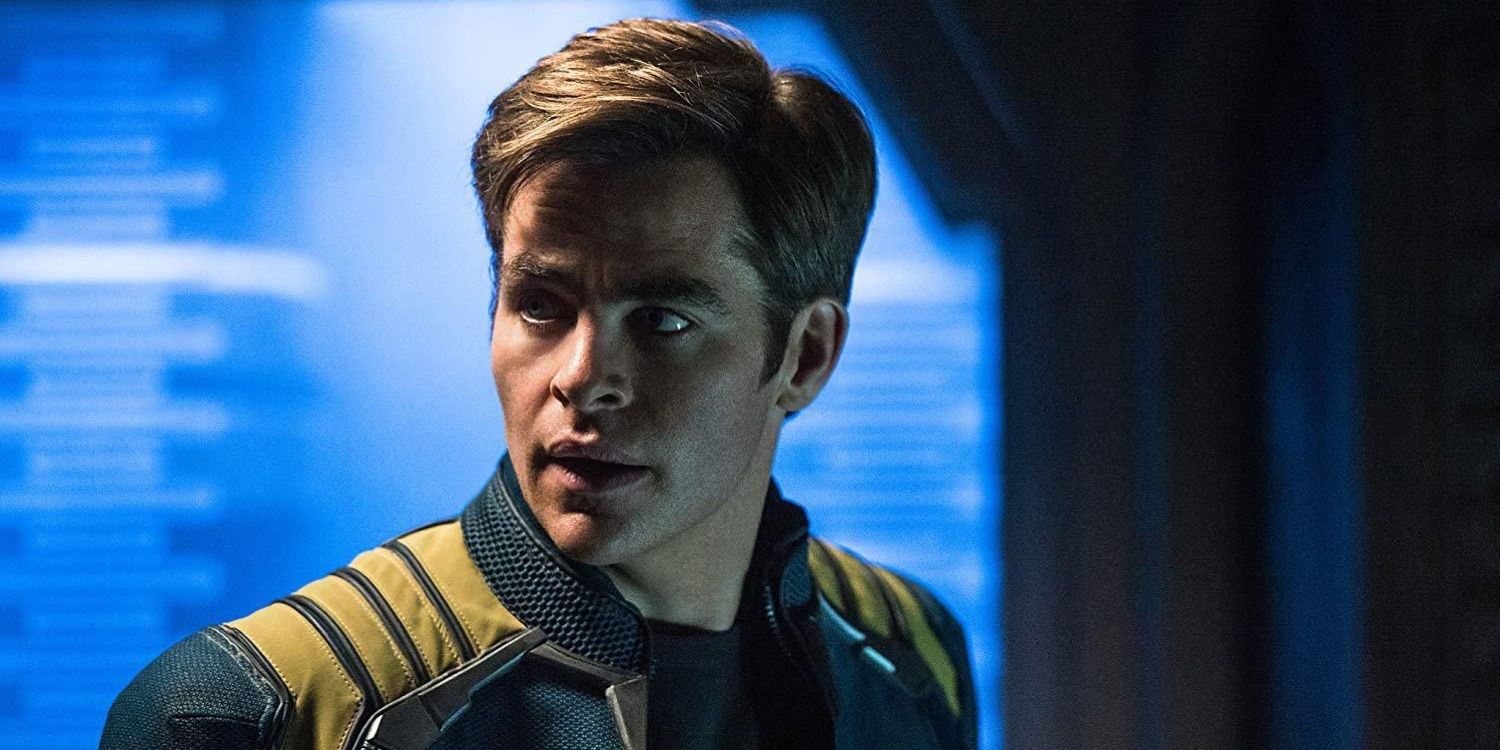
The modern Star Trek movies are set in an alternate timeline initiated by the destruction of Romulus in 2387; in the aftermath, the Romulan Nero traveled back to the past in an attempt to rewrite history. This is generally referred to as the Kelvin Timeline, after the point in which history diverged. It’s set to continue in Noah Hawley’s Star Trek 4, which has just been confirmed. Here are all the elements of the Kelvin Timeline.
- 2233: The USS Kelvin was destroyed by Nero. This led to radical changes in the life of James T Kirk, who was born aboard the Kelvin. The newborn escaped in the evacuation. (Star Trek)
- 2258: James Kirk took command of the USS Enterprise in order to defeat Nero and save Earth (Star Trek)
- 2259-2260: Khan Noonien Singh launched terrorist attacks upon the Federation. (Star Trek Into Darkness)
- 2263: The crew of the Enterprise uncovered a conspiracy at the heart of the Federation. (Star Trek Beyond)

